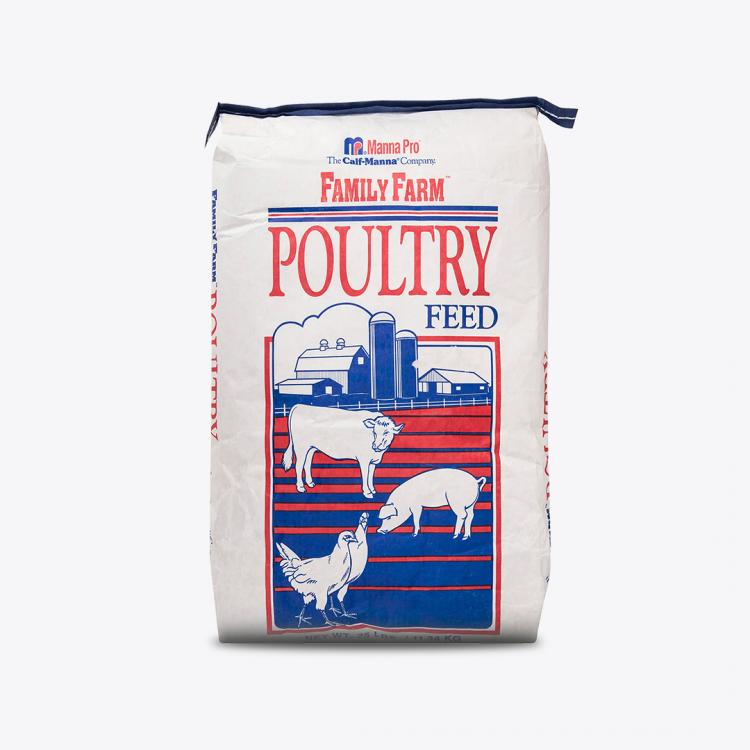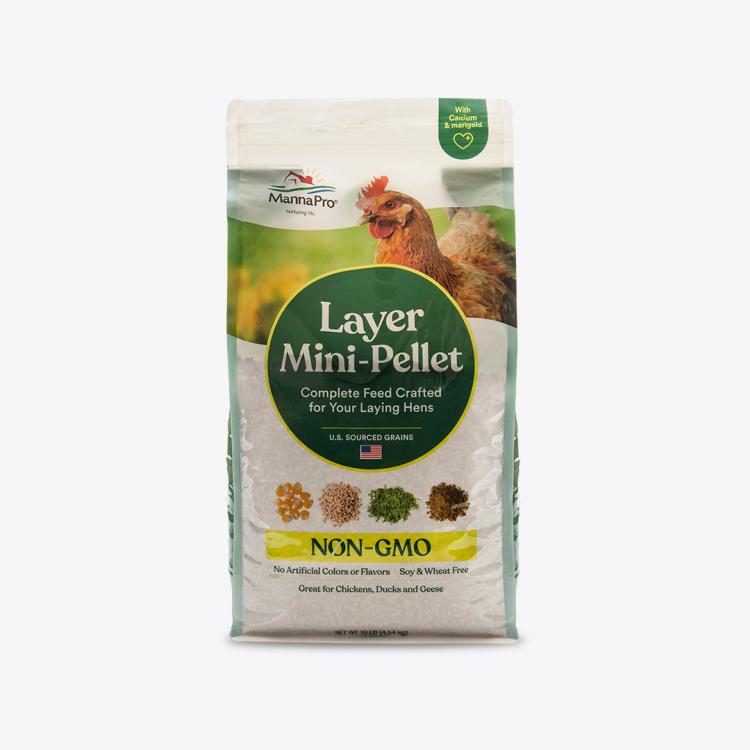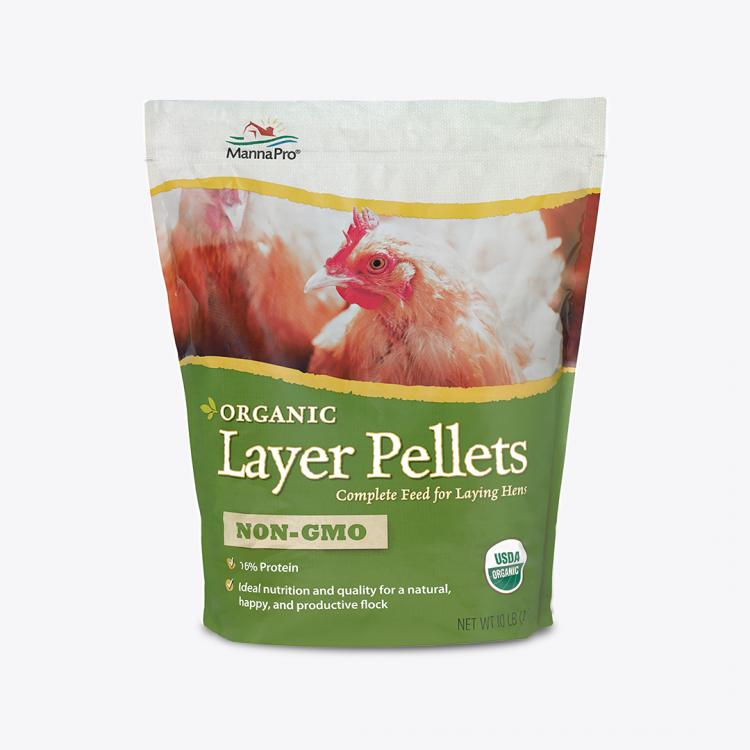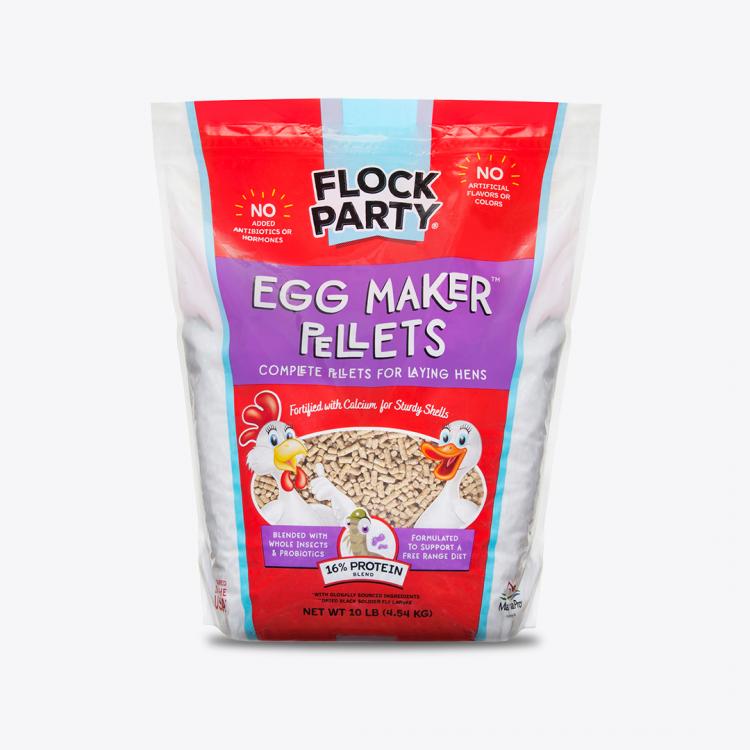Posted by Melissa Caughey, Wed, Jul 8, 2015; updated Wed, Mar 15, 2023

One of the many reasons chicken keepers like you and I begin to keep chickens in our backyards is for the eggs. Fresh eggs cannot be beat. Not only do they taste better, but they are much more nutritious and fresher than their grocery store counterparts.
When do chickens start laying eggs?
As your flock continues to grow during the first few months of their lives, you will notice that at around four to five months of age they will begin to look like actual mature chickens. Until female chickens are one year of age, they are called pullets.
Pullets typically begin to lay eggs as early as 20 weeks of age; however, you might happen to notice that the larger breeds tend to begin laying eggs closer to six months of age. When a pullet begins to lay her first eggs, they will be small. You will notice that with each progressive egg laid, they gradually increase in size.
Finally, after a few months of regular egg laying, the pullet’s eggs will reach their full size. If you watch closely, your pullets will give you clues as to when they are close to laying their very first eggs.
How to tell when a hen is ready to lay eggs?
First, you might notice that their wattles and combs begin to turn from pink to dark red. You might also notice them testing out the nesting boxes. Sometimes you will catch a pullet sitting in the nesting box as if she is waiting for something to arrive. You might even hear her sing the egg song, which is a continued cackle.
If there is still no egg, don’t worry! All of these completely normal behaviors are the pullets’ way of practicing for the big day.

What to Feed Laying Chickens
At around 18 weeks of age, the nutritional needs for egg-laying pullets change. At this time, the flock should be transitioned from a grower feed to a layer feed. Pullets around this age should also be introduced to calcium.
There are a few forms of calcium out there. We prefer Manna Pro® Oyster Shell. Simply place the oyster shells in a small hanging metal dish in the run. This way, the chickens can take in a little extra calcium when they need it. Calcium is very important and helps to keep the eggshells strong and thick.
Even though hens will lay most of their eggs during their first two years of life, you can expect eggs from older hens as well. Their egg laying just becomes a bit more sporadic.
How to Optimize Your Hen and Egg Health
Eggs are rich in protein and require a great deal of energy from the hen to make approximately every 26 hours. Eggs also contain minerals and vitamins that are essential to our diets. One of the most wonderful things about caring for our backyard chickens is that we can fortify our flock’s diet for their optimal health, nutrition and plumage. But that is not all.
Did you know that what we feed our flock can end up directly in their eggs? Talk about “you are what you eat!”
Over the years, there has been much research into the benefits of a diet rich in Omega-3 fatty acids. Researchers have determined that consuming Omega-3 fatty acids a few times per week can decrease triglyceride levels as well as help with arthritis symptoms, such as stiffness and joint pain. Preliminary research into Omega-3 fatty acids may also show promise in helping to prevent or ease the symptoms of other diseases such as depression, asthma, Alzheimer’s disease and attention deficit disorder.
There are many ways to introduce Omega-3 fatty acids as well as beneficial vitamins and minerals into your flock’s diet; in fact, just by giving them access to green grass and other chicken-safe plantings you’re helping to provide those dietary requirements.

But sometimes, all-day free-ranging is not realistic or possible due to your chicken-keeping environment, the threat of predators, you going on vacation or even it being wintertime when snow blankets the ground. Times such as these are when specially formulated supplements are perfect.
Manna Pro Omega Egg Maker™ is one such option. This feed supplement is sprinkled on top of the chickens’ regular feed. It’s a great way to boost their overall nutrition as well as their gastrointestinal health through the use of direct-feed microbials. Plus, it’s an easy way to ensure that those Omega-3 fatty acids are readily available for hens to include in their eggs.
Chickens that are fed a complete and balanced diet will provide you with a regular supply of eggs during the early years of their lifetime. Egg laying peaks during the spring and summer months and will often slow down during the fall molt and winter months.
By providing your flock with at least 14 hours of daylight, keeping them free from stress, and providing them with proper nutrition, they will thank you in the best way they know how—by providing you with fresh eggs ready for harvest each and every morning.
Complete Egg Laying Guide
For more information on the lifecycle of a laying hen, download our complete egg laying guide here!





